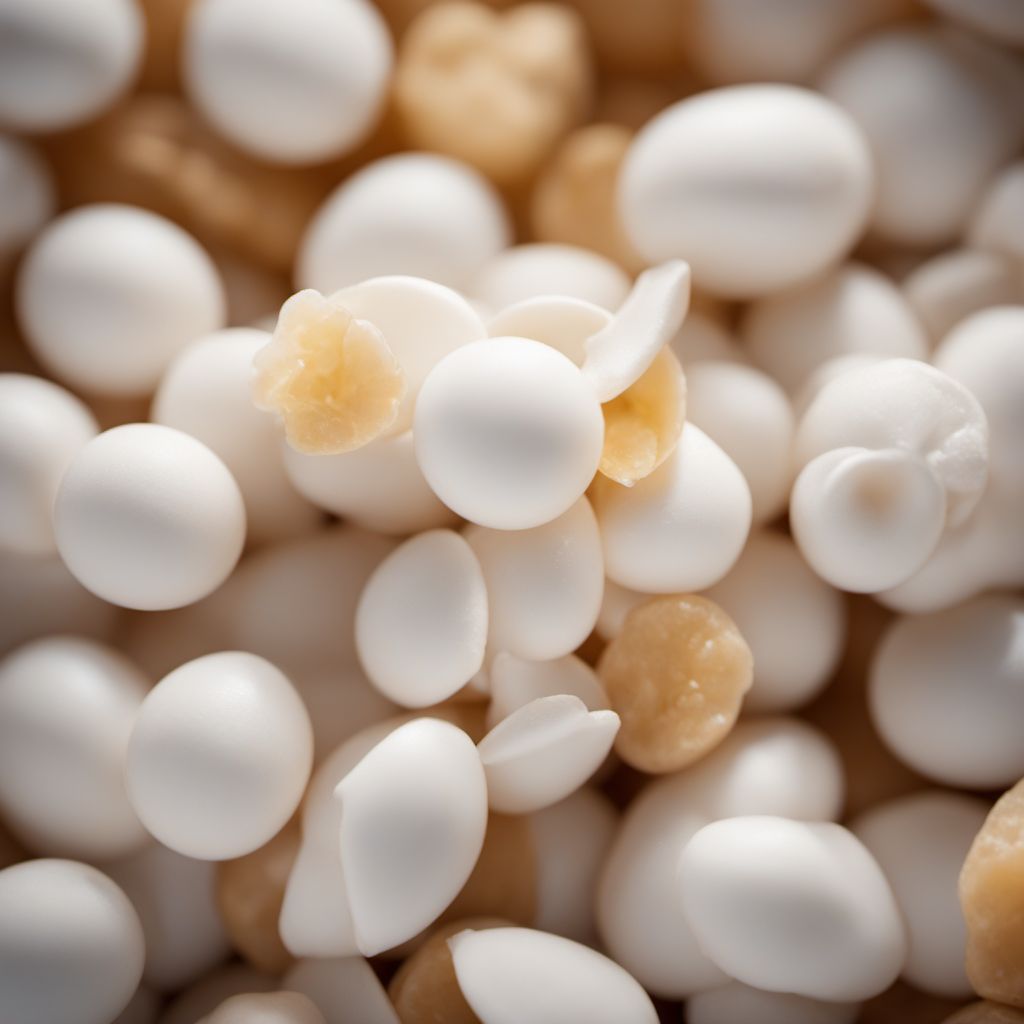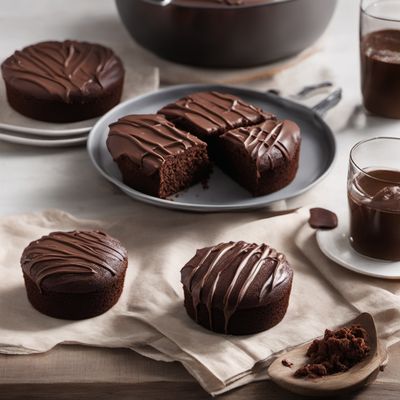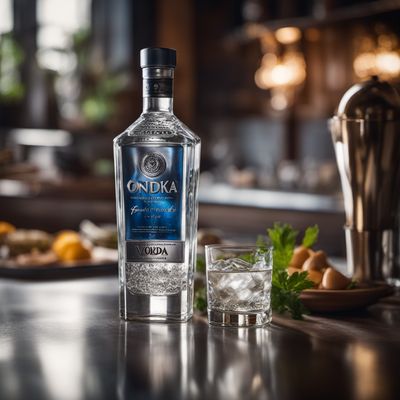
Ingredient
Rum
"The Spirit of the Tropics: Unveiling the Secrets of Rum"
Rum is a distilled alcoholic beverage made from sugarcane byproducts, such as molasses or sugarcane juice. It is typically aged in oak barrels, which imparts a unique flavor and character. Rum can range in color from clear to dark amber, and its taste can vary from sweet and fruity to rich and smoky. Its texture is smooth and velvety, while its appearance can be translucent or deep and golden.
Origins and history
Rum has a fascinating history that dates back to the 17th century when sugarcane plantations flourished in the Caribbean. It is believed to have originated in the Caribbean islands, where the abundance of sugarcane made it an ideal base for distillation. Rum quickly gained popularity among sailors and pirates, becoming an integral part of maritime culture. Today, rum is produced in various countries around the world, including the Caribbean, Latin America, and even some parts of the United States.
Nutritional information
While rum is not a significant source of nutrients, it typically contains around 97 calories per 1.5-ounce serving. It is important to consume alcohol in moderation and be mindful of its calorie content.
Allergens
Rum does not contain any known allergens.
How to select
When selecting rum, look for reputable brands that have a history of producing high-quality spirits. Consider the age of the rum, as older rums tend to have more complex flavors. Additionally, pay attention to the label for any indications of additives or artificial flavors.
Storage recommendations
To maintain the freshness and quality of rum, store it in a cool, dark place away from direct sunlight. Once opened, tightly seal the bottle to prevent oxidation and store it upright to minimize evaporation.
How to produce
Producing rum at home requires specialized equipment and knowledge of the distillation process, which can be dangerous if not done properly. It is recommended to leave rum production to professional distilleries.
Preparation tips
Rum is a versatile ingredient that can be enjoyed on its own, mixed into cocktails, or used in cooking and baking. It adds depth and complexity to tropical drinks like piña coladas and mojitos, and it can also be used to enhance the flavors of desserts such as rum cakes and flambéed fruits. When using rum in cooking, be mindful of its alcohol content, as it may not completely evaporate during the cooking process.
Substitutions
If you're looking for a non-alcoholic substitute for rum, you can use rum extract or a combination of apple juice and almond extract to mimic its flavor. However, keep in mind that these substitutes may not provide the same depth and complexity as real rum.
Culinary uses
Rum is a staple in many classic cocktails, including the iconic daiquiri, mai tai, and rum punch. It is also commonly used in tropical desserts like rum balls, rum-infused cakes, and rum-flavored sauces. Additionally, rum can be used to marinate meats or add a unique twist to savory dishes like rum-glazed ham or rum-infused barbecue sauce.
Availability
Rum is commonly available in regions where sugarcane is cultivated, such as the Caribbean, Latin America, and parts of the United States. It is also widely distributed and can be found in most liquor stores and supermarkets worldwide.
More ingredients from this category
Recipes using Rum » Browse all

Tropical Black Cake
Caribbean Delight: Tropical Black Cake

Chestnut Delight
Autumn's Sweet Symphony: Chestnut Delight

Antiguan and Barbudan-style Braised Beef in Local Rum
Rum-infused Island Delight: Antiguan and Barbudan Braised Beef

Dulce de Leche - Caribbean Style
Tropical Delight: Caribbean Dulce de Leche

Montserrat-style Hoisin Sauce
Caribbean Fusion: Montserrat-style Hoisin Sauce

Turks and Caicos Inipit
Tropical Delight: Turks and Caicos Inipit

Rigó Jancsi - Decadent Hungarian Chocolate Cake
Indulgent Delight: Hungarian Chocolate Cake with a Twist

Floribbean Zelten Delight
Tropical Fusion: Floribbean Zelten Delight

Mojito Isleño with a Tropical Twist
Tropical Breeze Mojito - A Refreshing Puerto Rican Delight

Qumështor à la Française
French Guianan Milk Tart

Kaiyaki-misu with a Caribbean Twist
Tropical Delight: Coconut Kaiyaki-misu

Varaždinska Torta Recipe
Heavenly Layers: Varaždinska Torta Delight


